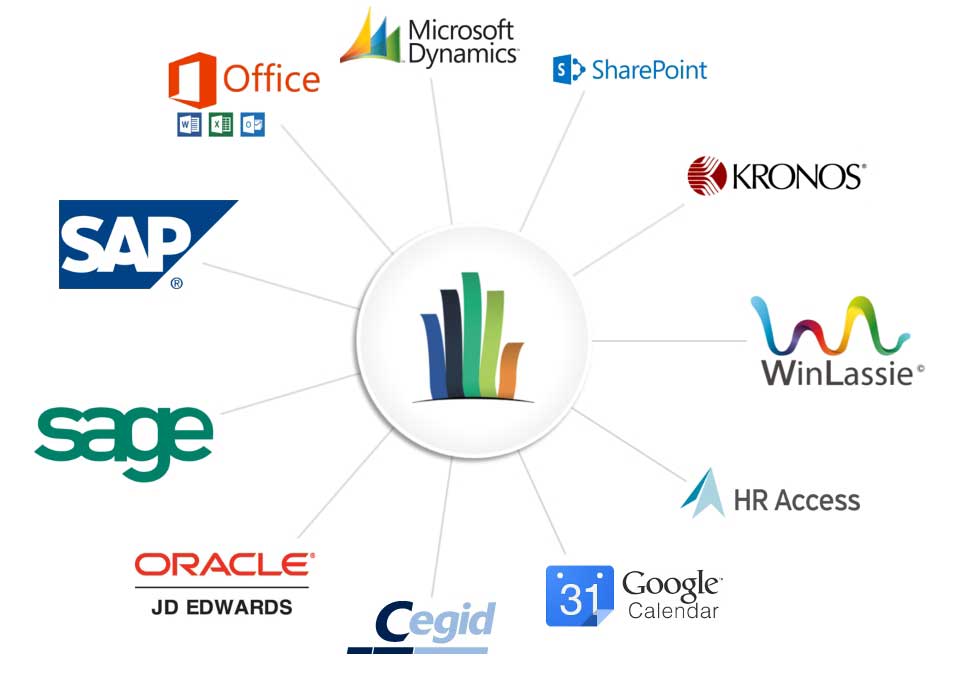It’s time to create a maintenance schedule for the week. Slot those tasks like Tetris pieces into the daily schedules of your work teams, and you’re done, right?
Wrong. It’s rarely ever as simple as “this person is free for X hours, and this task takes Y hours.”
That’s a very limited way to look at maintenance scheduling and one reason so many field service teams fall behind on a daily basis. The time it takes to do a task is incredibly relative, and when that’s all you consider, you take a lot of important factors out of the picture. By treating daily, weekly or monthly maintenance scheduling (or any type of scheduling) the same way you treat project and resource you can create more accurate plans.
FACTORS IN MAINTENANCE SCHEDULING OTHER THAN TIME

Job type and definition. Make sure you establish a comprehensive database of job types and that everyone involved in scheduling is using the same job categories. By using the same definitions across all scheduling for your field service teams, you reduce communication errors and increase accuracy. You’re also better able to drill down into how long each task might take when you apply other factors, such as those below.

Location of job. For field teams, drive time matters. It’s not enough to categorize tasks by how far they are from each other or the office. Instead, use past transportation data and automated analysis to determine the likely average drive time between locations so you can build travel into the schedule accurately. Extra points if you have enough data to determine the difference between transportation time at rush hour versus an off-peak hour like 10 a.m.

Experience and skill of employees. What takes one employee 20 minutes may be a 40-minute job for someone else. While you want to take precautions to make sure work times for reoccurring jobs is similar, you should also account for experience when determining how much you can fit into someone’s schedule. This is especially true if you’ve paired new technicians or employees with experienced workers for training purposes. It takes time to explain what you’re doing and why, which can extend the time it takes to complete maintenance tasks.

General size of the job. The size of the maintenance task obviously impacts how long it takes. A field rep servicing an HVAC system for a two-bedroom bungalow is likely to take less time than one servicing the same type of equipment for a four-resident duplex. At the very least, try to take into account whether a maintenance task is small, medium or large.

Specifics about the client. In some cases, the client may offer special challenges or needs that impact how long it takes to perform maintenance. If your field team deals with a business client who requires special security protocols and leaves the team waiting 15 to 20 minutes in the reception area every time, that’s a known factor that can be integrated into your scheduling.
LEVERAGING TECHNOLOGY FOR INTELLIGENT SCHEDULING SOLUTIONS

You might be wondering how a single person can factor all these details into daily or weekly scheduling. It would be extremely difficult to do so, and it’s impossible to consider all these factors and create a manual schedule in a short amount of time. That’s why it’s important to integrate technology into your scheduling processes.
When choosing maintenance scheduling solutions, consider options that:
- Look at data other than time to ensure accurate scheduling that changes with the needs of the day or week.
- Allows you to input details about tasks, employees, and locations.
- Can integrate with your ERM or CRM solutions to leverage additional data for increased accuracy.
- Make it easy for you to make changes as needed and publish them to field teams via mobile devices or portals.
THE BENEFITS OF SMARTER MAINTENANCE SCHEDULING

While the right technology solutions go a long way in letting you create in-tune, intelligent scheduling, there is some setup work in the beginning. Working with your team to define the most important elements for scheduling can take some time and effort. But the benefits make that effort worth it. Here are just some of the benefits you might experience from smarter scheduling:
- As you gain and integrate data, scheduling gets more and more accurate, reducing the time your team must take to deal with on-the-fly changes or emergency situations.
- Your teams are more likely to arrive to perform maintenance within the time window given to customers, improving customer satisfaction. That can lead to increased sales and decreases the time customer services reps spend fielding complaints or questions about where maintenance crews are.
- Smarter scheduling lets you use technicians more appropriately, keeping their work days within appropriate bounds and ensuring they have enough time to complete jobs with excellence. That can lead to reduced stress for field teams, which in turn impacts overall morale and retention positively.
- More intelligent use of resources almost always lets you do more with less. In this case, that can mean the ability to scale up, easily adding new clients to the maintenance schedule in the future without the need to hire more field service techs immediately.
It’s important to remember that in a modern world running on data, some of the best processes integrate human and computer input in a seamless package. The right maintenance scheduling solution helps you do that by coupling what you and your team know about the business, products and customers with your scheduling software’s ability to consider large amounts of data from these sources. The result is a workable schedule that you can quickly tweak and publish on a daily or weekly basis.



